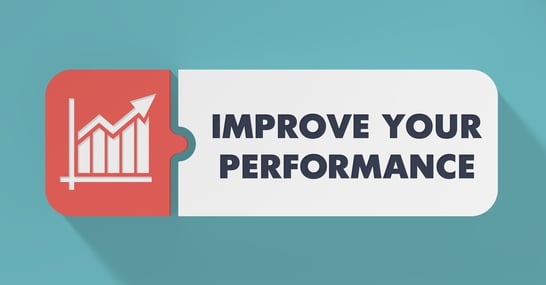
A team is not just a group of fellow workers; it is an integrated, inter-acting, mutually respectful, and mutually involved group of fellow workers. Teams become teams when its members and their manager set out to develop it. It usually doesn’t happen automatically.
The basics of team building are to do with moving the “team dynamic” logically through three stages. The manager, and team members, do this by:
- Asking the 6 questions.
- Setting SMARTER goals, and
- Linking them to basic motivation.
We covered them all in previous articles. OK, let’s begin with the three stages people go through to create a high-performing A-Team.
The Three Stages of Team Building
- Formation. Individuals focus on themselves, while “checking out” others to see who they gel with, and to see how the manager treats everyone. There is a feeling of dependency because no one is really sure about things. To go back to Maslow’s hierarchy, the motivating force is to “belong”.
- Individual and clique action. Individuals and the couple of others they have a connection with start to assert themselves. It’s a kind of territorial thing. There’s internal competition between the cliques or the stronger individuals. In Maslow’s hierarchy, they are showing their need for self esteem.
- Inter-dependent team behavior. This is the third stage, everyone knows each other, respects each others’ skills, knows how to communicate in ways that get the results. They are all working towards the common goals, and the team achieves more than they did before. It’s not just that the wheels were oiled, it is that the team understands and agrees the direction, the “driving skills” are right, and the fuel is high octane.
Developing the Team
The manager’s role is to help the team members to move through the three stages as efficiently as possible. It can happen quickly, but it must be planned.
- Call a team meeting. Establish two SMARTER goals – one for the tasks and one for the team. Let’s say the tasks deal with the virtual elimination of supplier lead time for Manufacturer A, and reducing finished goods lead time to Manufacturer A’s customers as part of SPMI.
- Lead the discussion, so the team puts the SMARTER End Goal together. This means they will be communicating with each other, learning about each other, seeing who they can rely on, etc.
- Then remind everyone that they must pull as a team if they are going to achieve the goal they have just created as effectively as possible.
- Lead another discussion on how those responsible for particular tasks, etc, will do play their part, and how they want others to support them, communicate with them, etc.
- Have everyone agree how they will monitor their own performance, so everything works well.
The Take-Away
Getting an A-Team that is made up of motivated individuals, and performs perfectly goes in tandem with doing the jobs for which they are employed. By setting those two end goals, as discussed above, everyone will own them and will feel responsible for them. They will deliver the SPMI results for their clients, while growing as a high-performing team.

.jpg)
